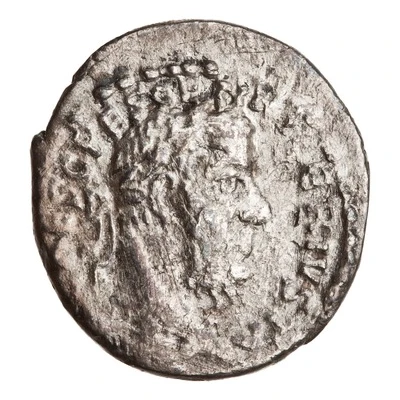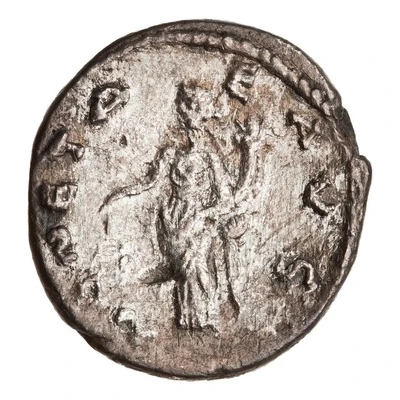Denarius - Pescennius Niger MONETA AVG; Moneta
| Silver | - | - |
| Issuer | Usurpations of Syria (Roman Imperial usurpations) |
|---|---|
| Ruling authority | Pescennius Niger (193-194) |
| Type | Standard circulation coin |
| Years | 193-194 |
| Value | Denarius (1) |
| Currency | Denarius, Reform of Augustus (27 BC – AD 215) |
| Composition | Silver |
| Shape | Round (irregular) |
| Technique | Hammered |
| Demonetized | Yes |
| Updated | 2024-10-10 |
| Numista | N#271309 |
|---|---|
| Rarity index | 100% |
Reverse
Moneta, draped, sometimes wearing polos (modius), standing left, holding scales lowered in right hand and cornucopiae in left hand.
Lettering: MONETA AVG
Translation:
Moneta Augusti.
The mint of the emperor (Augustus).
Comment
Source:Online Coins of the Roman Empire (OCRE)
Interesting fact
The Denarius coin featuring Pescennius Niger (MONETA AVG; Moneta) was issued during a time of political turmoil in the Roman Empire, specifically during the Usurpations of Syria (Roman Imperial usurpations) in 193-194 AD. Despite being made of silver, this coin was not officially sanctioned by the Roman government, and its production was likely a form of propaganda to support Niger's claim to the throne. The coin's design features a portrait of Niger on one side and the goddess Moneta on the other, highlighting his association with the Roman mint and his attempt to legitimize his rule through the power of money and currency.

